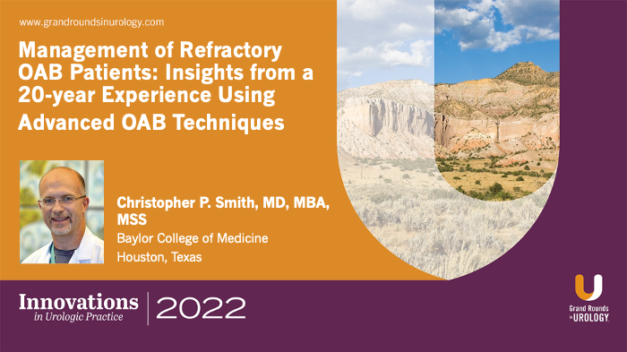Surgical Training for Radical Prostatectomy – Should the Open Approach Still Be Taught? Which Patients? Retropubic, Perineal, Mini-Incision, etc.?
Guilherme Godoy, MD, MS, explores the question of whether or not to teach residents open radical prostatectomy, weighing multifunctional surgical skills with robotic advancements. He then explains that the open approach to radical prostatectomy is the gold standard in the medical community; however, the robotic approach is more commonly performed.
Dr. Godoy proceeds by questioning whether a sufficient number of open-approach radical prostatectomies are being conducted to warrant training residents in this method. Referring to a 2020 study, he finds that perhaps too few open-approach procedures are occurring to allow for resident proficiency.
Dr. Godoy then asks whether the open approach offers any benefits, exploring four situations in which the open approach is preferred over the robotic method. Dr. Godoy then cites a 2007 study to evaluate the learning curves of open-approach radical prostatectomy subtypes compared to the robotic approach, finding drastic differences in the climb to proficiency.
He completes his presentation by stressing that resident skill and comfort level should be considered in the debate between the open and robotic approaches. Following the presentation, audience members offer points of consideration regarding rural populations, new robots, and current robot malfunctions during radical prostatectomies.
Read More


